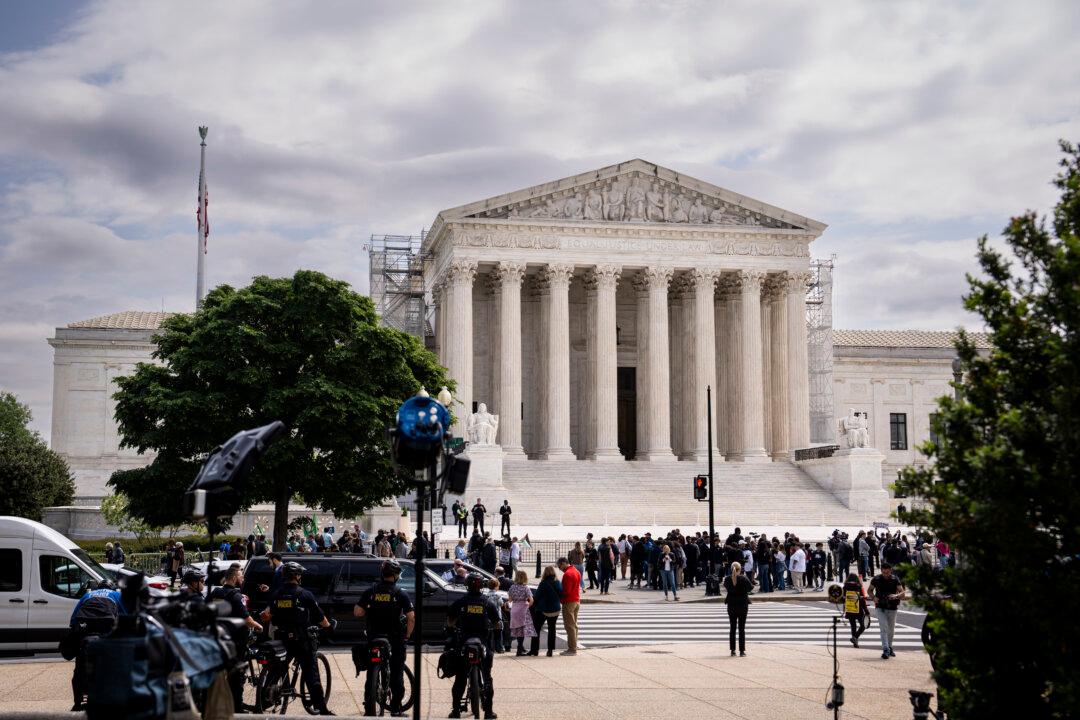The U.S. Army’s recent announcement that it’s shrinking its force by 24,000 soldiers is “undoubtedly” related to its failures in recent years to reach its recruitment goals, according to a retired Army major.
By fiscal year 2029, the Army plans to “shrink excess” and reduce its number of personnel from 494,000 to 470,000.




